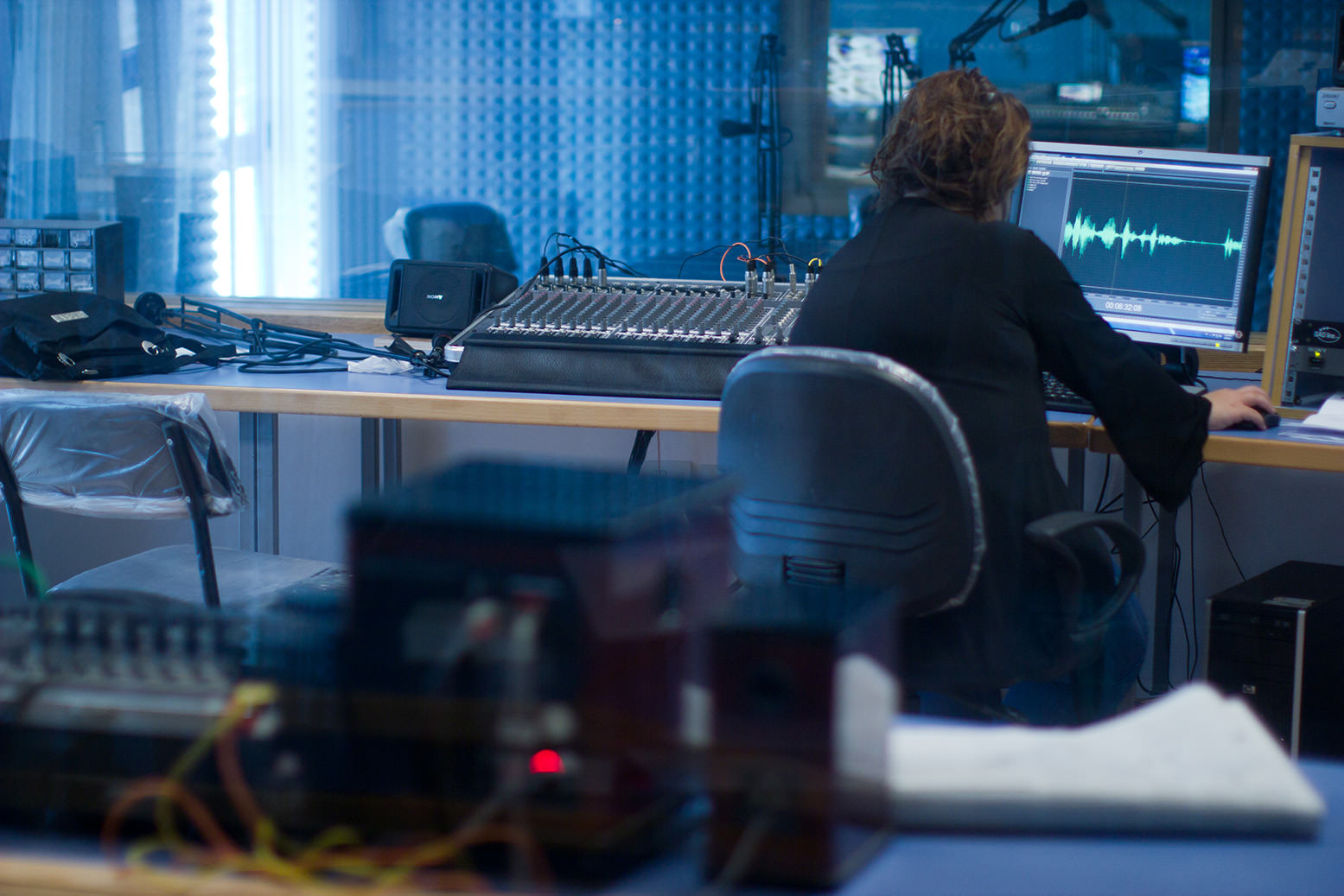
Speaking louder into the microphone is the number one thing that will make your voices less quiet.
Being confident in your delivery and speaking as loud as your character would be in their current situation is what will help you project your voice and make it clear and distinct.
As well I know a useful trick that should do you wonders. It's an Effect called Noise Removal.
It will remove the background noise of recordings so you can increase the volume of your voice without making room noise super obvious.
I'll go through it step by step.

The regular Blue Yeti USB ($129) is the global standard for live streaming voice work. The special edition 10th Anniversary model may be hard to find, but retails as the same price as the regular Blue Yeti. I highly recommend this mic for voice work. For recording musical instruments, I'd look elsewhere. 2 - In Audacity, you want to set the input level control as high as you can without creating clipping distortion in your sound file. You want the loudest parts of your content peaking at around -6 on your meters. Set the Yeti gain first, and then adjust the level in Audacity so that you're peaking at around.
I create this box to record with my Blue Yeti. I hope it will give me a good result. If you have some advices, i will be verry happy to improve it. I would like to add a live record reverb effect in the headset. I use audacity but can change if it is needed. The sound is to clear in the headset and i cannot be focus as i want.
-Before you do a recording, hit the record button and let your microphone record for about five seconds without saying anything at all.
-After this period of time, do your recording as you usually would.
-Highlight the time where you didn't say anything.
-Go to Effects and select Noise Removal.
-A menu will pop up, from here click 'Get Noise Profile'
(Now Audacity recognizes the background noise that your mic is picking up)
-Select the track your recording is on.
-Go to effects and click on 'Repeat Noise Removal' (it should be at the top)
-Listen to your recording again, if you can still hear the background noise, click 'Repeat Noise Removal'.
Repeat as necessary.
(WARNING! If you said anything at all during the silence period, Audacity will remove certain frequencies of your voice from the recording, which will result in you glitchy and unusual)
Your recording should now be mostly clear of background noise, this will allow you to increase the amplitude of your recording without making the background noise super obvious.
Keep in mind that a good delivery is the best way to get good volume.
Hope I was helpful in some way! :P
How Do You *Not* Sound Like You’re In A Tunnel?
I record absolutely everything — Girl In Space, the Write Now podcast, and all of my lines and roles for other shows — with my basic Blue Yeti USB microphone. And one of the questions I’m asked most frequently is, “Sarah, how do you not sound like you’re recording beneath a highway overpass?”
I firmly believe that you do not need to spend hundreds or thousands of dollars on recording equipment. You can create an amazing, professional-quality show with relatively inexpensive equipment like the Blue Yeti as long as you understand how to record with it.
Get Rid Of The Echo
Hard surfaces and sharp angles are the worst of the recording culprits. Get rid of them with curves and soft, absorbent surfaces.
I have a large piece of audio foam that I’ve removed ALL angles from by forming it into a semicircle. I also have a foam windscreen atop the mic itself (the little foam hat), as well as a cheap folded towel on my desk to further absorb sound/echoes.
You may also want to have something behind you as well — a hanging duvet, moving blanket, bunch of t-shirts on hangers, whatever you have access to. I don’t have this, because my body blocks and absorbs all sound coming in and out of what I’ve dubbed my TUBE OF PODCASTING.
Sometimes my cat, Midori, joins me… and while she makes an excellent sound dampener, the purring, sound of constant movement, and coating of cat hair really cancel out any benefits.

Here’s a real-life picture of my setup:

Get Close To The Mic… No, Closer!
Most people record way too far away from their microphone.
Ideally, your mouth should be about a fist’s space away from the mic when you speak into it, and the gain on the mic (the dial on the back, if you’re using a Blue Yeti) or your recording software should be adjusted so that when you speak at that distance, the sound registers around -12dB.
And if you’re using a Blue Yeti, you should be talking into the front of the microphone, not the top.
Monitor Yourself
Be sure to wear headphones while you record to get a good feel for how you sound. If you’re following the above two tips, your voice should sound up-close and velvety to your ears.
Questions?
I love to help both new and established podcasters find success in podcasting. Type your questions in the comments below and I’ll do the best I can to help you out!
Looking to start your own podcast?
Looking to start — or improve — your podcast in a couple simple steps? I'd love to share my FREE Printable Podcast Roadmap with you! 🎙️✨
Blue Yeti Software Download
This roadmap is the perfect starting point for new podcasters, and a great checklist for podcasting veterans! Now is the PERFECT time to re-evaluate and re-assess what success means for your show, and this handy tool will help you do just that.
